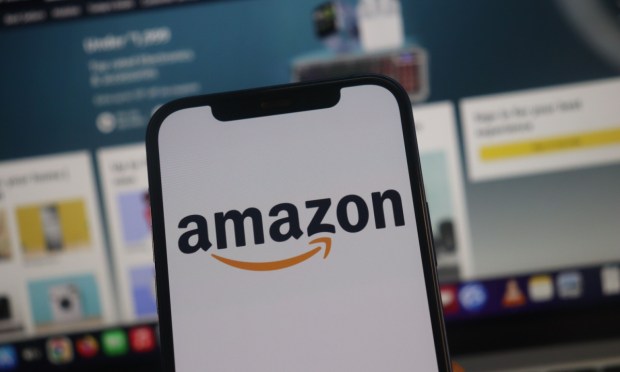Amazon Looks to Bring Deal Days Boost to Q1 With Spring Sale

With the wild success of its summer and fall Prime Day events, Amazon is looking to bring in a similar boost in the spring.
The company recently announced its Big Spring Sale, running Wednesday through Monday (March 20-25), offering deals on seasonal items including cosmetics, sports gear, outdoor products, apparel and electronics.
The move could help the eCommerce giant drive up its Q1 results in the last few days of the quarter. In 2023, its first-quarter sales were significantly lower than Q3, which included the company’s summer Prime Day sales event, and Q4, which had its Prime Big Deal Days to kick off holiday shopping in October. In Q1, the company saw $127.4 billion in net sales, compared to a considerably higher $143.1 billion in Q3 and $170.0 billion in Q4.
Consumer demand for savings went a long way toward driving engagement over these highly publicized sales events. The PYMNTS Intelligence study “Summer Deal Days 2023: How Amazon Still Dominates” drew from a survey of more than 5,500 Amazon Prime members and Walmart customers to gauge how each retailer’s summer deals events performed among their respective bases. The results revealed that 40% of consumers made purchases on Amazon Prime Day, up from 36% the previous year.
Event participants were disproportionately high-value shoppers with cash to burn, with 52% of those who make more than $100,000 a year participating. The average event participant spent $125.70, with total spending amounting to an estimated $12.7 billion for Amazon during the event — a figure close to the difference in sales between Q1 and Q3 for the company.
In October, engagement was also quite high. The company touted a figure that Prime members saved more than $1 billion through millions of deals during the two-day holiday launch of Prime Big Deal Days, generating sales to kick off the holiday season.
“This event outpaced last year’s holiday kickoff event, with more Prime members shopping this year,” Doug Herrington, CEO of Worldwide Amazon Stores, said in statement at the time.
This latest event marks something of a change to the online marketplace’s typical approach to deals events in that, rather than making it exclusive to Prime members, non-members can also participate, though members will get “access to exciting, exclusive deals,” per a company blog post.
Opening the event up to non-Prime member expands the potential customer base, allowing those who have not subscribed to Prime to participate in the event and potentially make purchases. This broadens Amazon’s reach and could attract new customers who may later choose to subscribe to Prime for its additional benefits and for those exclusive deals. Additionally, opening the event to non-Prime members can generate increased sales volume during the event period.
These events are especially appealing to consumers as ongoing financial pressures prompt shoppers to seek out deals and discounts. According to the PYMNTS Intelligence’s study “Consumer Inflation Sentiment: The False Appeal of Deal-Chasing Consumers,” which was based on a survey of more than 2,100 U.S. consumers, 46% of retail shoppers are deal chasers, willing to go wherever they will get the best price.
Additionally, the “Higher Prices Fuel a Deal-Seeking Competition” installment of the Consumer Inflation Sentiment series revealed that, in the previous 30 days, 72% of consumers said price and discounts influenced their decision of where to make their most recent purchase.
